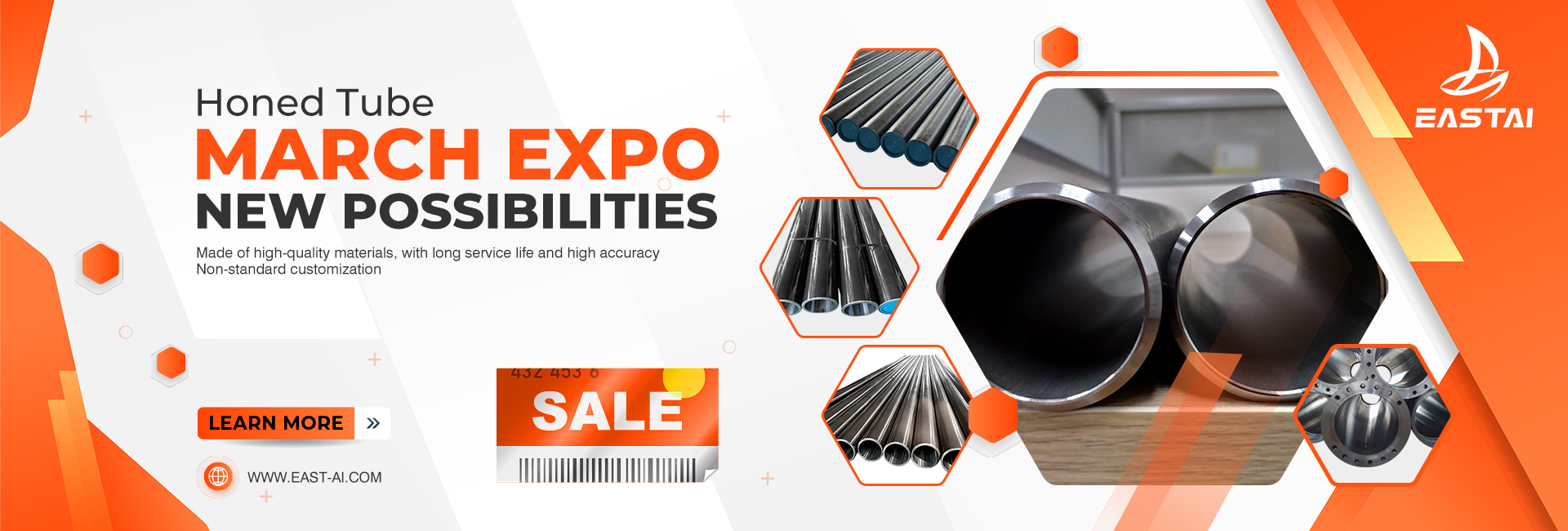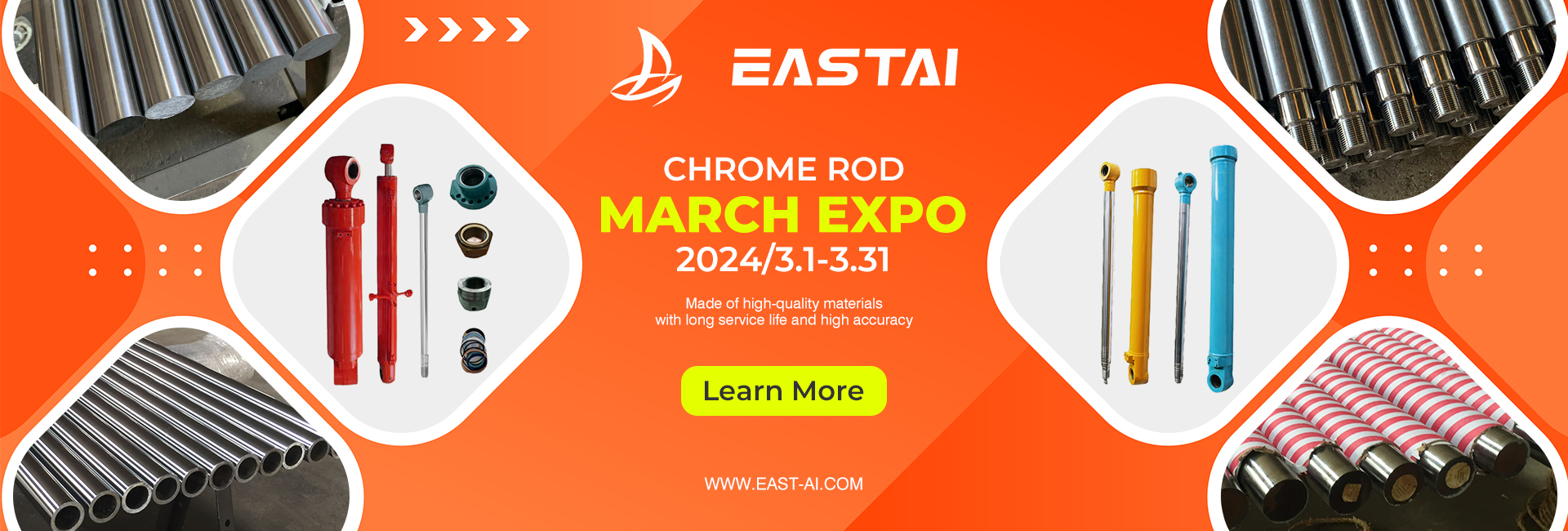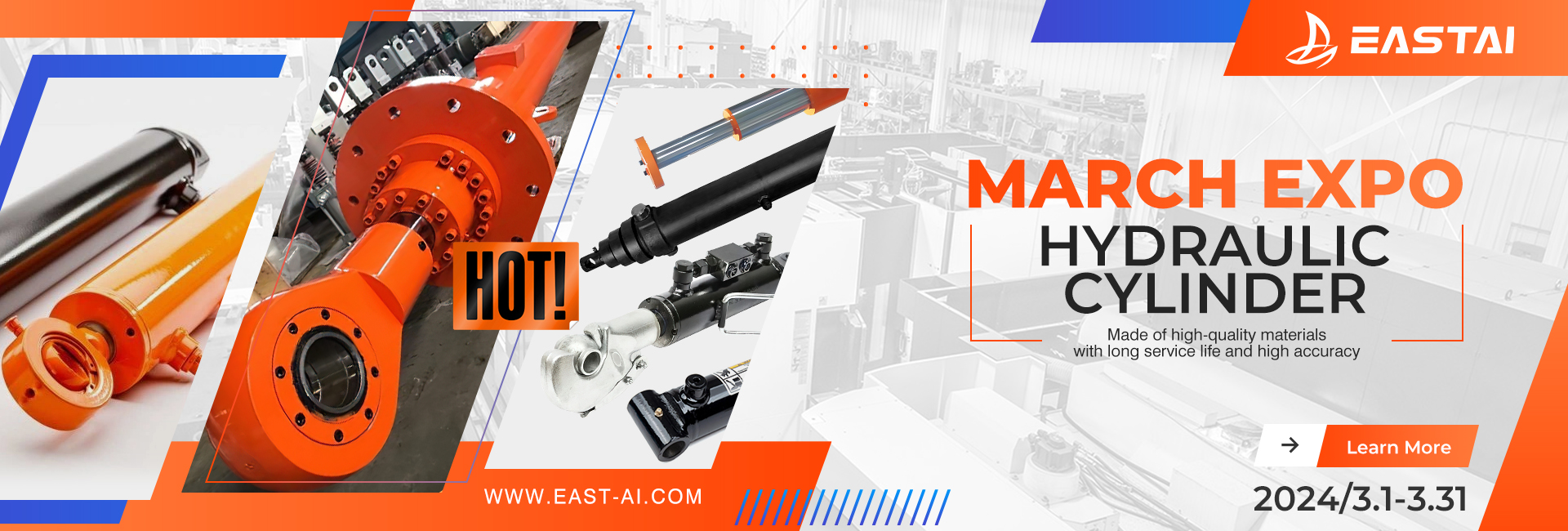The control functions that need to be realized at the work site are different, and the types of solenoid valves that need to be selected are also different. Today, ADE will introduce the differences and functions of different solenoid valves in detail. After understanding these, when you choose the type of solenoid valve, you can easily handle it.
Differences in piping methods
The direct piping type refers to connecting the connected gas pipe joint directly to the valve body, and the valve body is directly fixed and installed, and the price is cheap.
The bottom plate piping type refers to the solenoid valve consisting of a valve body and a bottom plate, and the bottom plate is fixedly installed. The air pipe joint of the piping is only connected to the base plate. The advantage is that the maintenance is simple, only the upper valve body needs to be replaced, and the piping does not need to be removed, so it can reduce the abnormal operation caused by the misconnection of the piping. Note that the gasket needs to be installed tightly between the valve body and the bottom plate, otherwise it is easy to leak gas.
Distinction of Control Numbers
Can be divided into single control and double control, single control has only one coil. The other side is a spring. When working, the coil is energized to push the spool, and the spring on the other side is compressed. When the power is off, the spring resets and pushes the spool to reset. This has a self-resetting function, similar to jog control. We can choose normally open and normally closed single control solenoid valves. The normally closed type means that the air circuit is broken when the coil is not energized, and the normally open type means that the air circuit is open when the coil is not energized. Single-control solenoid valves generally only have 2-position valves, and the coil needs to be energized all the time.
Dual control means that there are coil controls on both sides. When the control signal is de-energized, the spool can keep its original position, which has a self-locking function. From the consideration of safety, it is better to choose double electric control. Once the power is cut off, the cylinder can maintain the state before the power cut off. But note that the two coils of the double solenoid valve cannot be energized at the same time. Double control solenoid valves are generally 3-position valves. The coil only needs to be powered for about 1S. The coil is not easy to heat up when staying for a long time to change the position.
Coil Power: AC or DC
Commonly used AC coils are generally 220V, and the AC coil solenoid valve, because the armature core is not closed at the moment of power-on, its current is several times the rated current when the core is closed. However, after long-term use, it is found that the coil of the AC coil solenoid valve is easier to burn out than the coil of the DC coil solenoid valve, and there is noise.
The commonly used coil DC is 24V. The suction characteristics of the DC coil solenoid valve stroke: the suction force is small when the armature core is not closed, and the suction force is the largest when the armature core is fully closed. However, the coil current of the solenoid valve is constant, and it is not easy to burn out the coil due to the stuck solenoid valve, but the speed is slower. No noise. Also note that the solenoid valve coil of the DC coil needs to distinguish the positive and negative poles, otherwise the indicator light on the solenoid valve coil cannot be lit. It is difficult to judge the working state of the solenoid valve coil.
Post time: Jan-18-2023




